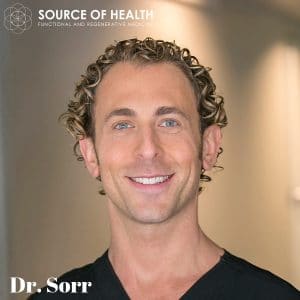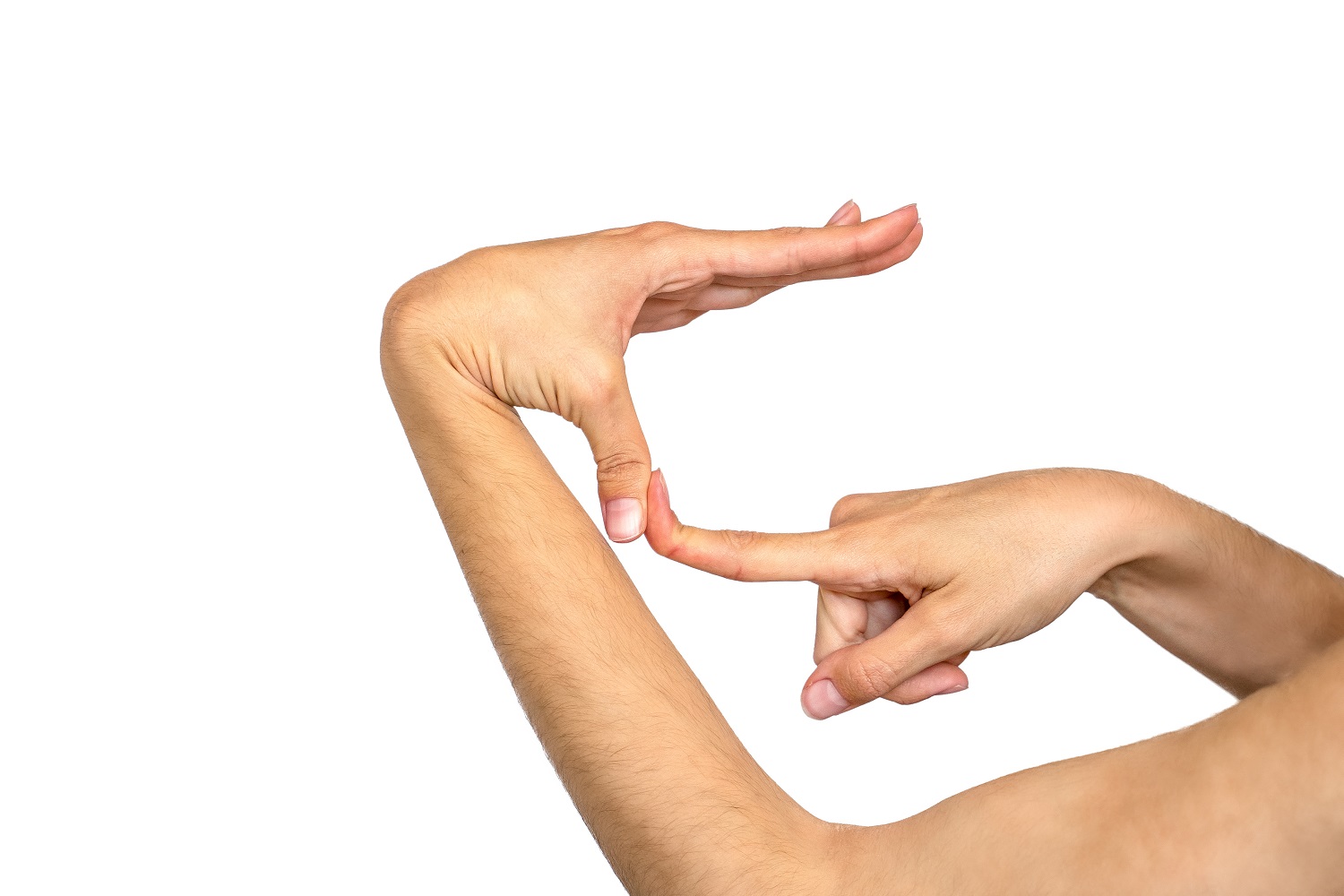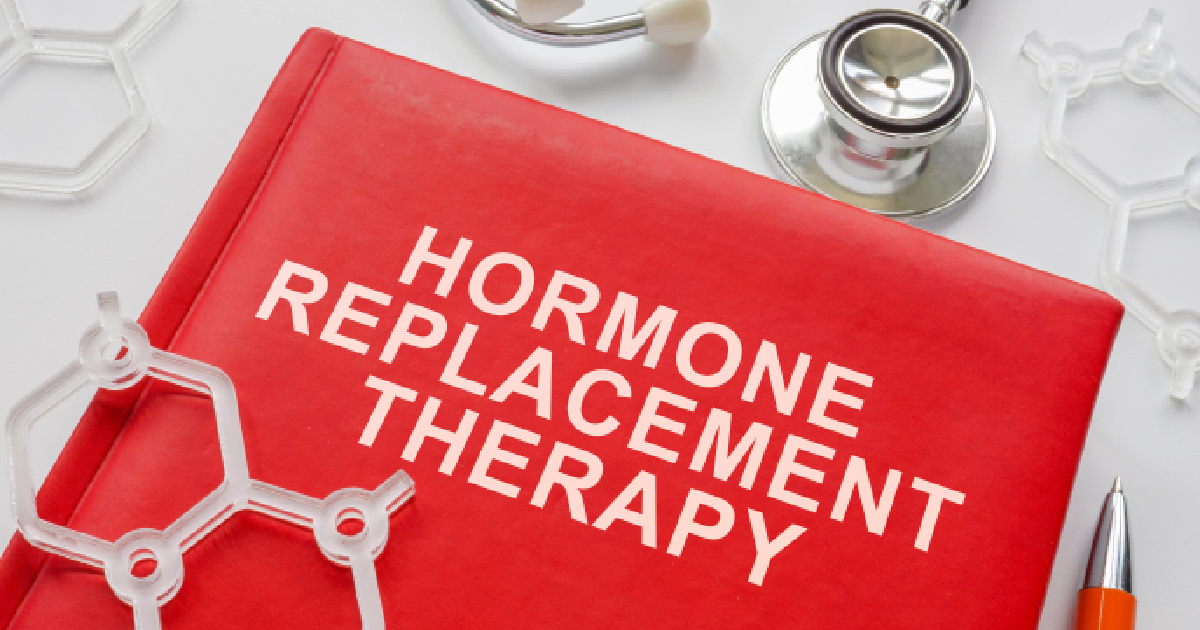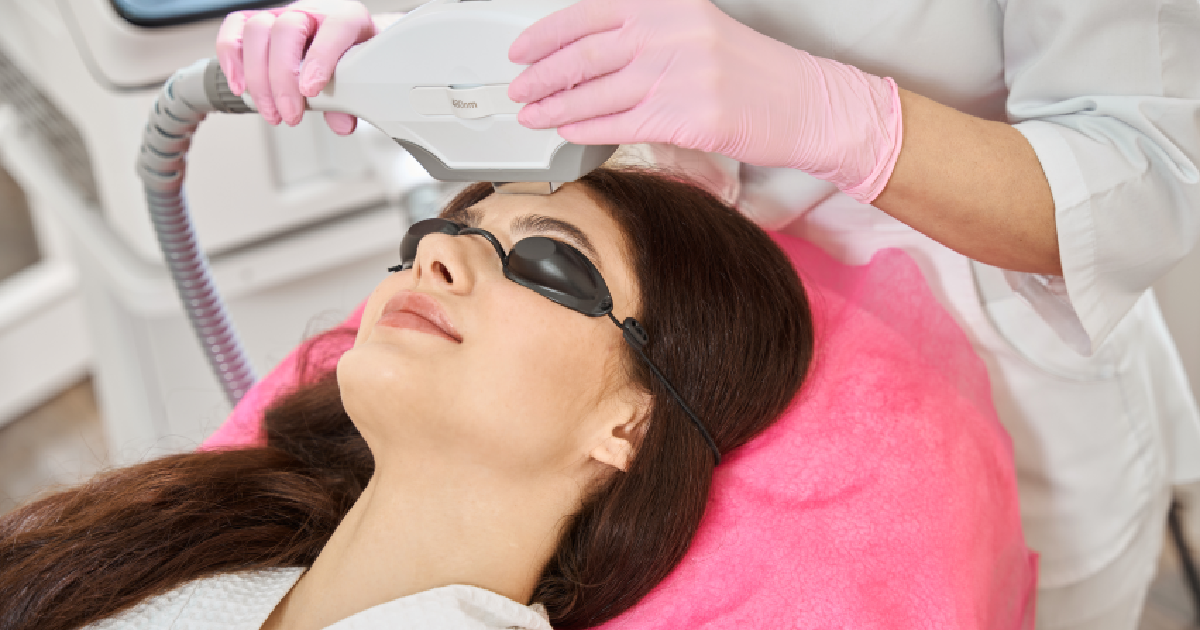Table of Contents
Being flexible is often a goal for many people looking to get in shape. But what happens to people when their joints are too loose? Pain, Muscle spasms, arthritis, bone spurs, clicks, pops and clunks are symptoms of an underlying condition called Ligament Laxity & Joint Hypermobility Syndrome.
This chronic instability of the joint and surrounding structures can begin early in life from sports, gymnastics or sports-related injuries, as well as from long-term bad posture. Perhaps you were a child who could contort your body or pop your joints out of place. You should strongly consider getting an evaluation to see if you have ligament laxity.
What are the Symptoms of Ligament Laxity?
People who hear grinding, clicks, snaps, crackles and pops in their joints are at risk of further damaging their joints. “Self-Adjusters” Twisted Ankles, Knee, Hip, Back, Whiplash/Neck, Shoulder, Elbow and Wrist Pain can be caused by loose ligaments.
If the ligaments, which hold bones together, become too loose, then the bones begin to rub or grind on one another. This can wear out cartilage, meniscus, or labrum and eventually lead to the bone on bone degenerative joint disease. “Pain is a symptom, not the cause”.
Shortcomings of Conventional Ligament Laxity Treatment
Oftentimes, people look to treat pain and inflammation by simply turning them off. Conventional treatment is “Anti-Healing.” Ice, anti-inflammatory drugs like NSAIDs (ibuprofen, naproxen or aspirin,) pain killers such as Vicodin (hydrocodone), Oxycontin, or Percocet are often the drugs of choice. When that fails, a cortisone (steroid) shot is given.
These treatment options, although effective at removing your immediate pain, end up damaging your joints even further. This ultimately leads to unnecessary surgeries and, unfortunately, some joint replacements.
Joints already have a difficult time healing due to poor blood supply. These conventional treatments worsen the outcome. According to the standard of care, only 3 cortisone shots are allowed per year because they will damage the area too quickly and further cause metabolic issues.
When the body identifies an injury, three things occur:
- Muscles spasm to stabilize and protect the joint; inhibition of other muscles to prevent further tearing.
- Inflammation – the area floods with fluid to add stability and bring healing cells.
- The body adds more bone growth to the damaged area where the ligament or tendon has pulled away; leading to bone spurs
Causes of Ligament Laxity
- Over-use or Trauma fromSports Injury, Car Accident/whiplash, or over-stretching in Yoga.
- Decades of degenerative posture and body mechanics
- Low Thyroid, Estrogen, Testosterone
- High Cortisol, High Stress – Breaks down collagen (catabolic)
- Certain Pharmaceutical Medications that cause tendon rupture
- Genetic defects (Collagen diseases such as Ehlor Danlos or Marfan’s…very rare)
Prolotherapy is a safe & effective solution to Ligament Laxity
When the ligaments have become loose and overstretched, the best solution is to add more collagen (the protein that ligaments are made of) to the loose or torn ligament. This is a specific non-steroidal injection procedure that tightens ligaments over time, thereby stabilizing the joint and reducing overall pain.
Once the joint is stabilized, normal function can return. This is a rejuvenating injection that promotes the healing and proliferation of collagen. A proper exercise and stretch routine will be recommended to rehab the affected area to add synergy to the treatment.
How Many Injections Are Needed for Ligament Laxity?
Each person is unique, but typically, 3-6 injections are given 2-4 weeks apart to get the proper healing response. This is a comprehensive approach to chronic pain from instability in an area. When a person experiences pain, the “weakest link” is the one most felt.
However, that doesn’t mean there aren’t other weaker links so the goal is to create strength and stability of the joint over the course of a few months. Regeneration of connective tissue takes at least 3 weeks and upwards of 3-6 months to tighten and strengthen.
If you think you are a candidate for Prolotherapy & Rejuvenating Injections, please contact us for a FREE 15-minute phone consultation and Dr. Steven Sorr will be happy to speak with you.

About the author:
Dr. Steven Sorr is the founder and chief medical officer at Source of Health in Scottsdale, AZ and has been in clinical practice using regenerative medicine since 2013. He received his doctorate in naturopathic medicine from SCNM and is a licensed healthcare provider in Arizona.
Dr. Sorr brings a huge passion for life and a diverse educational background in food, yoga, and medicine to Source of Health. His goal is to revolutionize the standard of care mindset by making significant strides in evidence-based therapies that are drug and surgery-free to restore high-level health for all.






